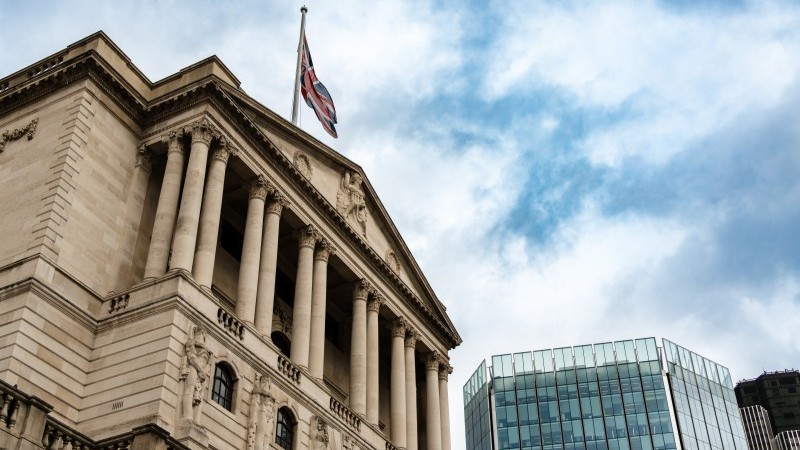Last year’s Autumn Budget was historic. As we’ve discussed, it contained huge tax rises. But spending rose even more dramatically. That’s partly why GDP has been resilient through the first half of the year. And why rising public sector employment has continued to offset weakness in the private sector. Financial markets’ initial response was to reprice the Bank of England curve higher after the budget last year, on the basis that it was likely to be pro-growth and inflation.
This year, the story could be the opposite. Yes, spending plans are likely to receive a modest boost. June’s spending review, which allocated budgets to individual government departments, made it clear there’s not enough cash to go around. U-turns on winter fuel payments and other social spending add cost pressure too.
But once you also factor in big downgrades to the Office for Budget Responsibility’s growth, productivity and immigration forecasts, the Treasury faces at least a £20bn shortfall, relative to where it was in March. We think it will have little choice but to raise at least one of the major taxes, despite ruling out hikes to income tax, employee National Insurance and VAT. We wouldn’t even rule out another round of hikes to employer National Insurance (payroll tax), despite the pressure it’s placed on the jobs market this year.
For the Bank of England, the prospect of a more restrictive budget argues for lower rates, though remember it can only factor it in once the measures have been announced. And at the moment, it’s not clear whether the budget will come before or after the 6 November meeting.
If it is before – eg 5 November – then a requirement to notify the OBR 10 weeks before the event means the government would have to announce it within the next couple of days.
Bottom line: At the margin, the Budget is likely to reinforce the case for further rate cuts, if it comes before November’s meeting.
